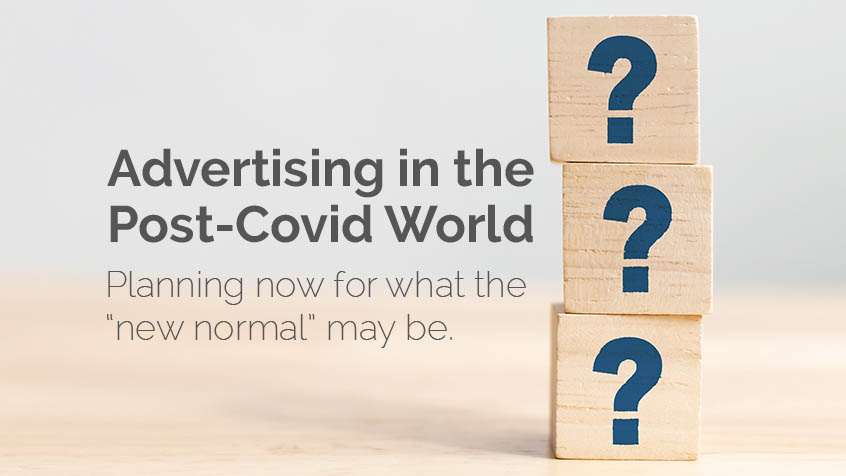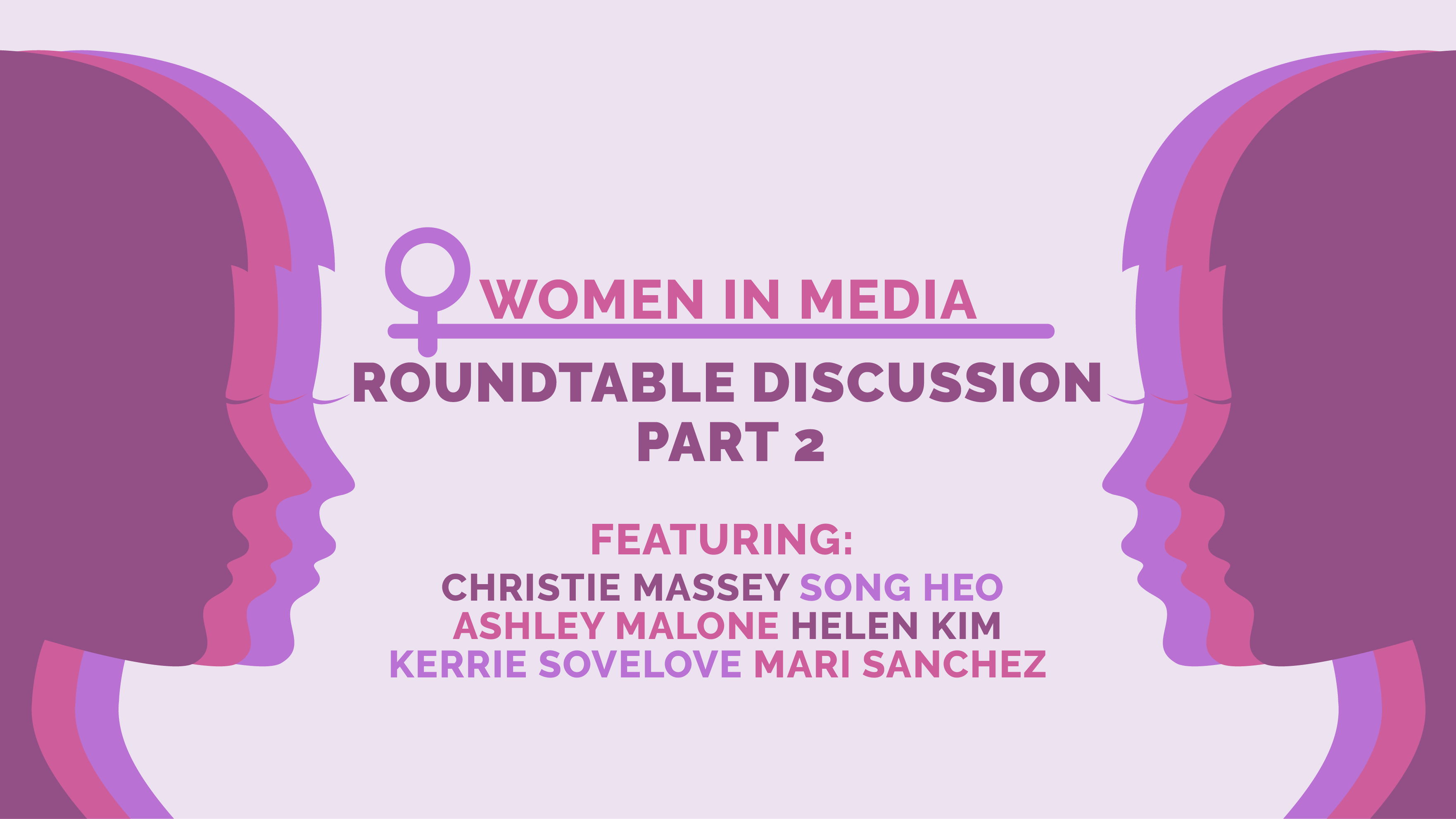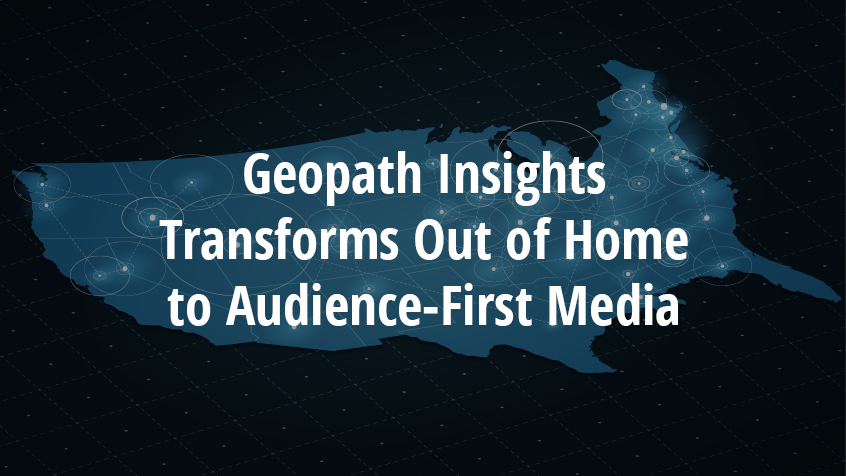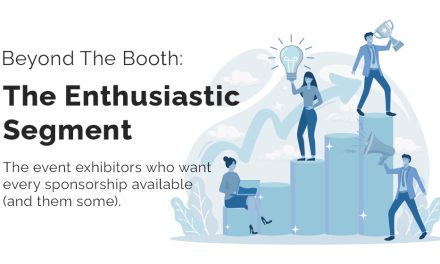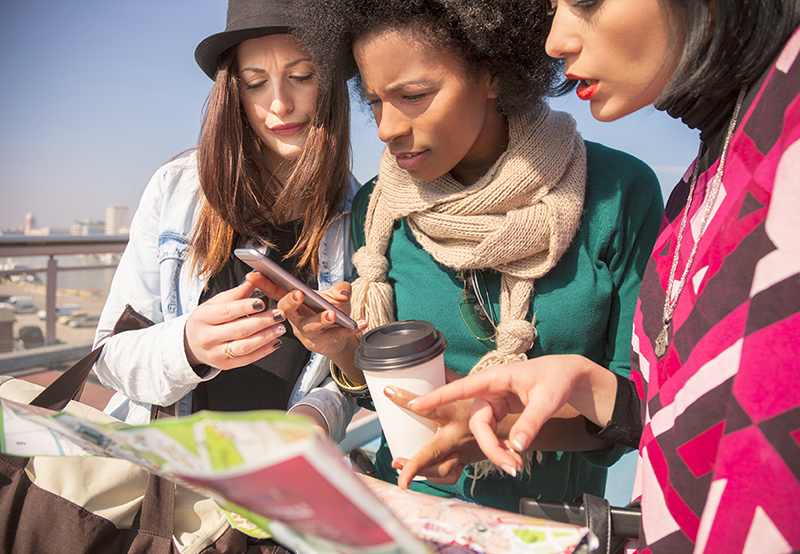Today, advertisers across all industries and geographies are finding themselves in the midst of unprecedented circumstances. The typical, practical and expected have given way to the unusual, unforeseen and unexpected. Marketers have found themselves needing to understand a new framework for engagement and develop new methodologies to address new audiences exhibiting new behaviors. While we know this whirlwind of challenges can feel frustrating and confusing, it also yields innovation because we know it isn’t forever. When the public health situation has been resolved, quarantines are lifted, and the economy opens back up, it will be imperative that advertisers are ready and able to move into action with plans for advertising in the post-covid world.
Semper Paratus, which is Latin for “Always Ready,” is the motto of the U.S. Coast Guard. It’s also apt for advertisers who want to successfully navigate the uncharted waters of today. Always ready marketing teams must have media and messaging plans for multiple scenarios, and detailed cross-channel strategies and tactics, ready to go. This requires a deeper understanding of audiences, how their behavior has changed, where they’ll go, what they’ll do, and how to reach them.
How Will Audience Behaviors Change?
Even when the economy returns to whatever the “new normal” is as states begin to reopen, advertisers will absolutely see a change in their audiences as a result of the pandemic. We may see a resurgence in consumer movement and buying activity. More likely, as Nielsen outlines, we’ll see audiences continue behaviors exhibited in quarantine, either as a concern for personal health or for convenience. If some level of distancing remains, advertisers will have to build campaigns that maximize visibility while analyzing and responding to new travel patterns and lifestyles that are continuing to fluctuate.
- How have consumer shopping patterns changed? What are they buying (or hoarding) and what are they leaving behind?
- If their buying has changed, will it go back to pre-covid levels, and if so when?
- How are they doing their shopping – we’ve seen a huge spike in online, but order online and pick up with hands free or light contact is a new model that’s become very popular very quickly – Will consumers come to expect this of non-essential businesses?
- Will buying shift to brands that they perceived as “doing good” during the crisis?
At the same time, data collected over the past weeks shows an opportunity to grow new audiences. An Mfour study of consumer activity during COVID-19 shows that 72% of in-store shoppers are open to trying new brands, especially those who support the new ways consumers need to shop and function. This presents a valuable opportunity for advertisers to gain market share if they position themselves well.
Where Will Your Audience Go?
Location will play an important role in building campaigns that address multiple scenarios. In the matter of a few very short weeks, communities were shut down, and non-essential businesses were forced to close their doors or shift to online, curbside, and hands-free delivery. We saw widespread hyper-localization, or people limiting movement and buying to stay within their immediate geographic vicinity.
It’s fair to say that the re-opening of the economy and businesses won’t occur as swiftly as the closures, so it’s important to build potential campaigns that address everything from a slow, methodical re-open to a less organized, open-at-will approach. In either case, it’s recommended to consider the full scope, from small and local communities to major markets, and how those locations require slightly varied approaches:
- Focus on markets in which you had prominent share and high performance. You’ll want to leverage your pre-COVID successes in these markets to then support a return to reaching these valuable audiences post-COVID.
- Consider how location-based solutions, such as out-of-home, allow you to engage with audiences with geographically relevant placement and messaging.
- Support local and/or hardest-hit communities by buying media there and offering value to these groups.
- Be prepared to pivot your strategy to adapt to changing regulations, loosened restrictions, etc.
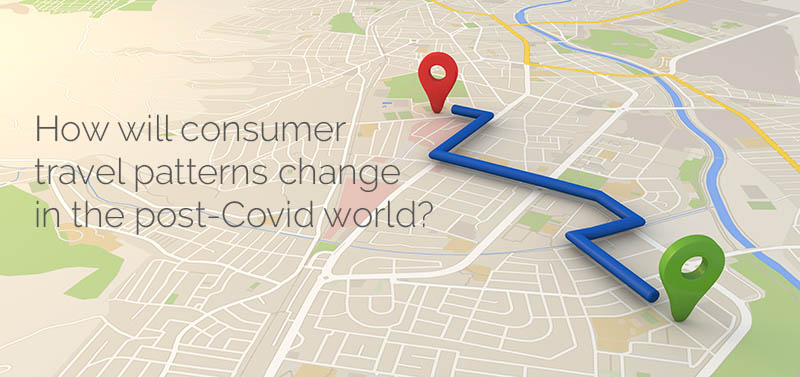
What’s The Right Post-Covid Advertising Message?
An ever-present variable in all of this is the messaging. We’ve all seen tactful displays of smart advertising in the coronavirus era. Yet, for every positive example we’ve seen some bad examples, too. Above all, it’s imperative that brands be sensitive to the moment we’re in, which means recognizing that many are actively dealing with sick family members or are sick themselves, navigating new and difficult financial circumstances, or feeling paralyzed by an uncertain future.
It will become necessary to plan for messaging that moves beyond the “thank you” and “we’re all in this together” type of unity messaging in post-covid advertising. That said, your messaging shouldn’t be looking to push consumers to “buy buy buy”, but instead focus on value, flexibility, rebuilding, and community. After all, if there’s one thing the pandemic has taught us, it’s that these are the only things that matter when things less important are stripped away.
When crafting messaging, keep in mind a few key tactics that will show audiences that you are engaged and can deliver value:
- Create a “thank you” campaign with a special offer for first responders and frontline workers, especially in hardest hit markets and communities desperate to bounce back.
- Create a loyalty campaigns with a special offer or giveaway to those who stuck it out with you through difficult times.
- Offer a “welcome back” incentive that gives customers a discounted rate while helping to jumpstart buying.
- Don’t chase profits – focus on brand and value as consumers adapt to their new financial reality
How Will Media Choices Change?
When the pandemic resulted in quarantine and we saw the amount of time people were spending out of their homes diminish, out-of-home advertising saw a bigger drop in performance than any other type of media. Even still, lifestyle and other hyper-local OOH formats within communities became more relevant than ever. It’s our belief that this will continue to be true and they will continue to gain relevance even when things open back up. It’s important to note that right now we are in a buyer’s market, where there’s a surplus of inventory. But that pendulum will very quickly swing the other way as advertisers begin to flood the market once more.
It’s important for advertisers to consider various media types and how each will perform in the coming weeks. Media that is finite, like out-of-home or radio, each with a limited amount of ad space, will experience higher competition and bottlenecking when it comes to activation. In contrast, digital media, which has seen an uptick during the pandemic, is infinite and can offer unlimited space to an unlimited number of advertisers. Therefore, it’s important to build plans that balance and optimize these variances in media.
Perhaps, most noteworthy of all, is the increase in advertising dollars spent on connected TV. Obviously, people have flocked to CTV as a source of entertainment while cooped up inside. When the quarantine ends, some advertisers may find value in campaigns that combine CTV advertising with other forms of ad media.
What’s more, digital out-of-home (DOOH) and programmatic DOOH can offer advertisers increased flexibility in uncertain times. With DOOH and programmatic buying, advertisers are not necessarily locked-in to a media buy. This allows them to keep flexible timelines, make adjustments before launching, pull the trigger when ready, and optimize throughout the course of the active campaign. It also easily pairs with geotargeted digital advertising for a more comprehensive means of audience reach and engagement.
Semper Paratus:
What’s of utmost importance is that advertisers have a preparedness strategy that offers them flexibility and options and eliminates as much fear of the unknown as possible. Within each strategy should be defined triggers for decision-making, ones that make it easier to react efficiently and effectively.
By creating a diverse set of plans built to address variances in regulations, audience behaviors, and media availability, you can be ready to activate on behalf of your brand, and prepared for advertising in the post-covid world.

